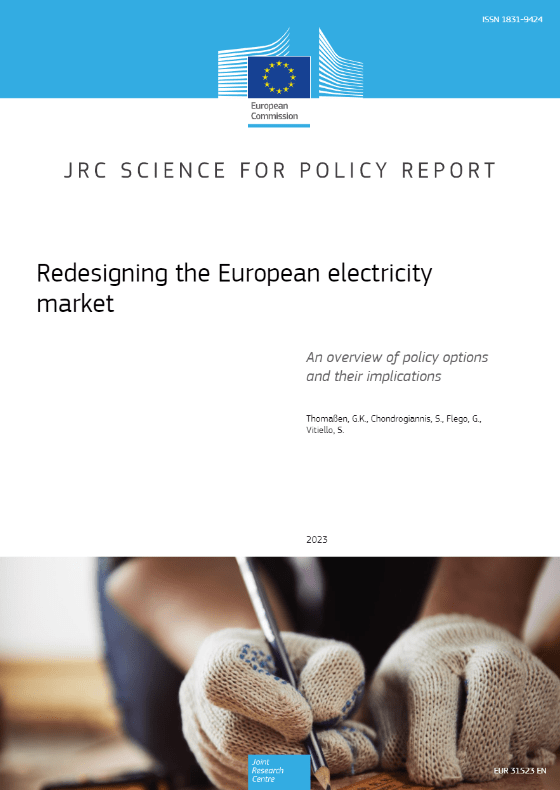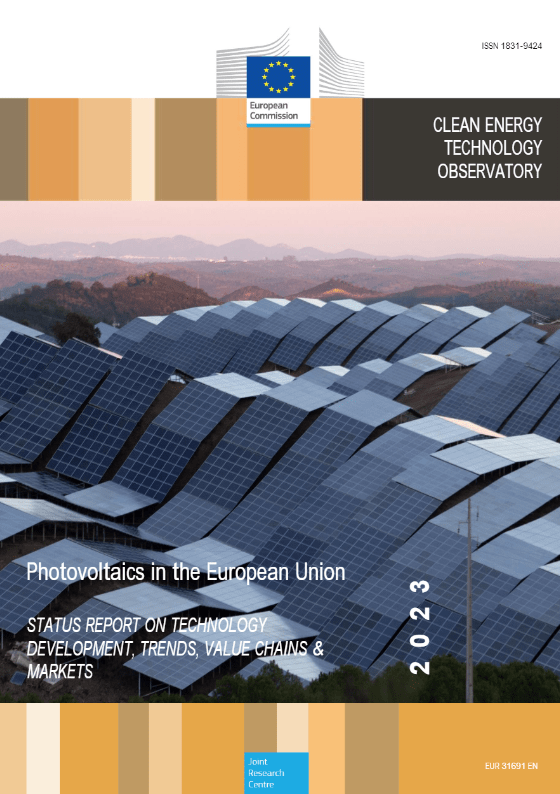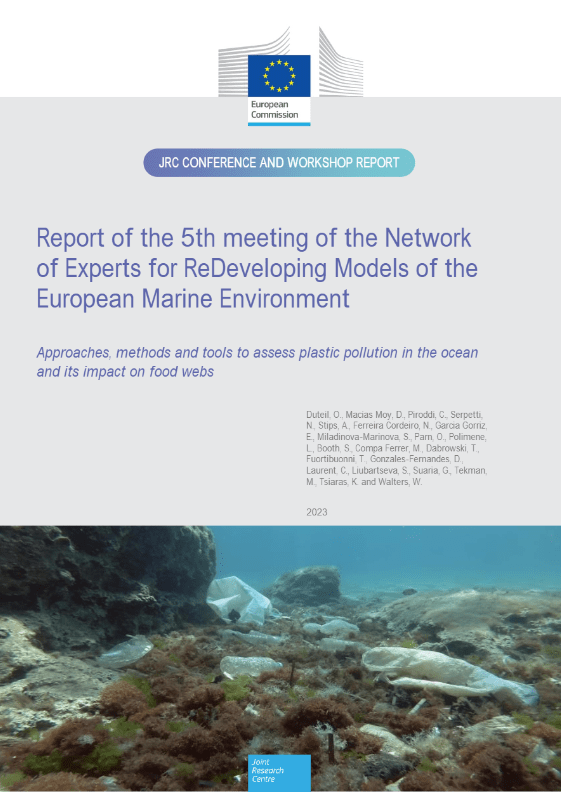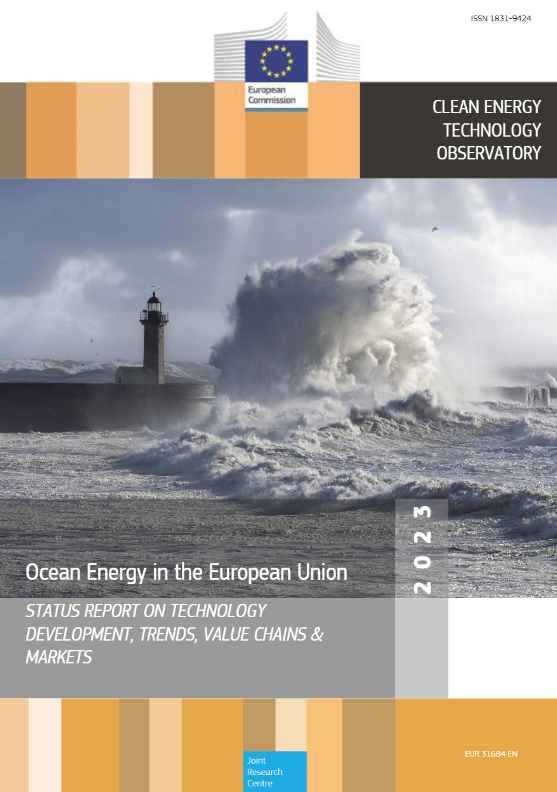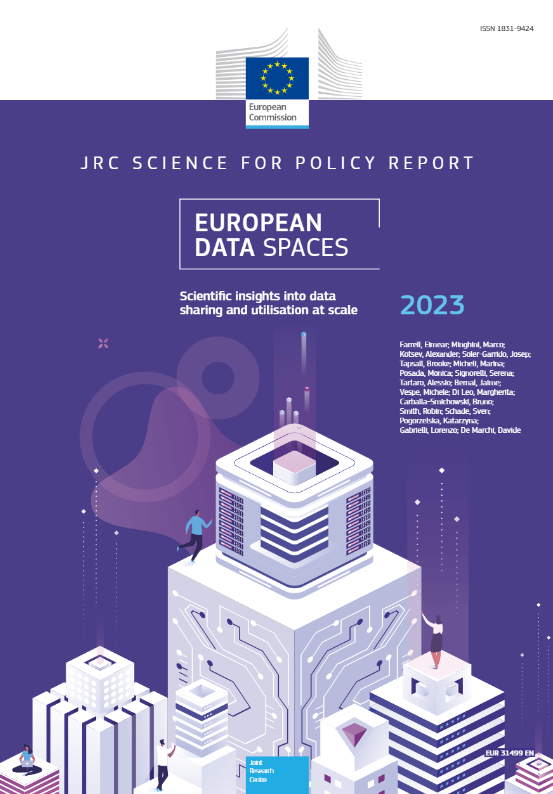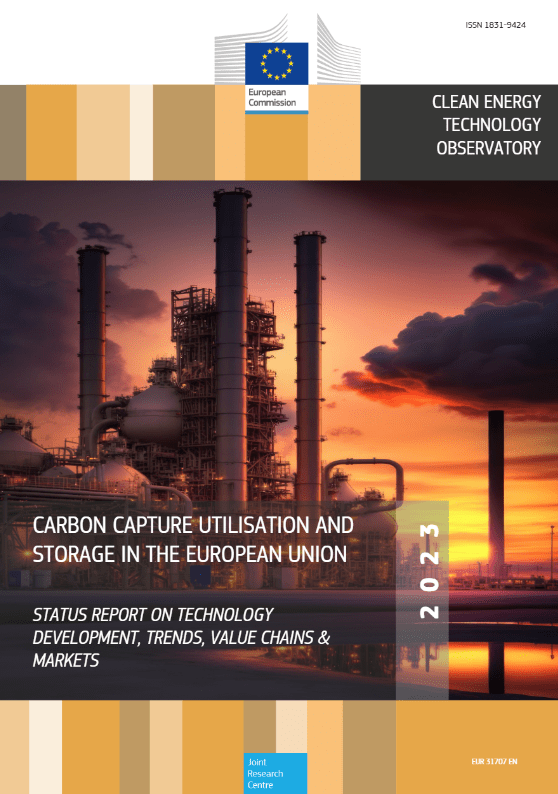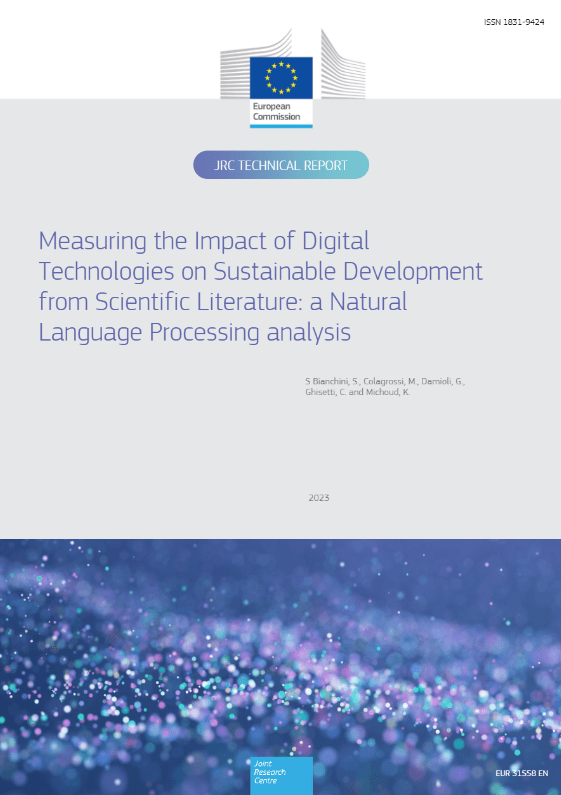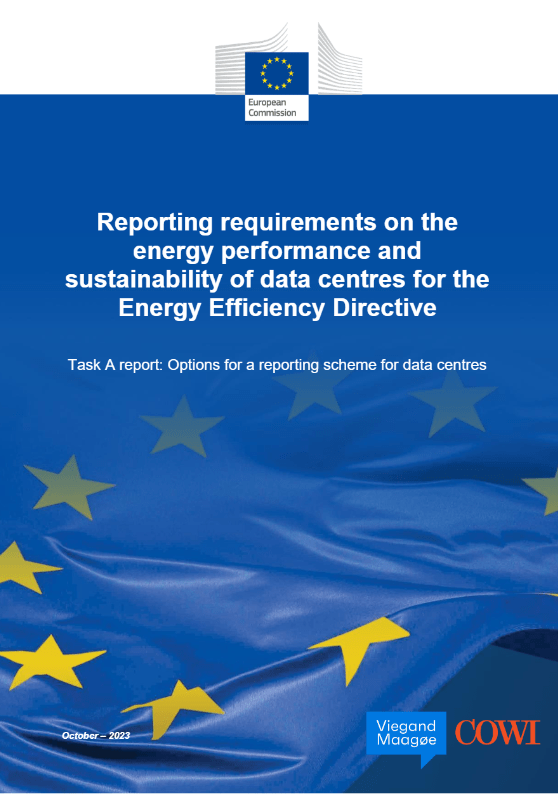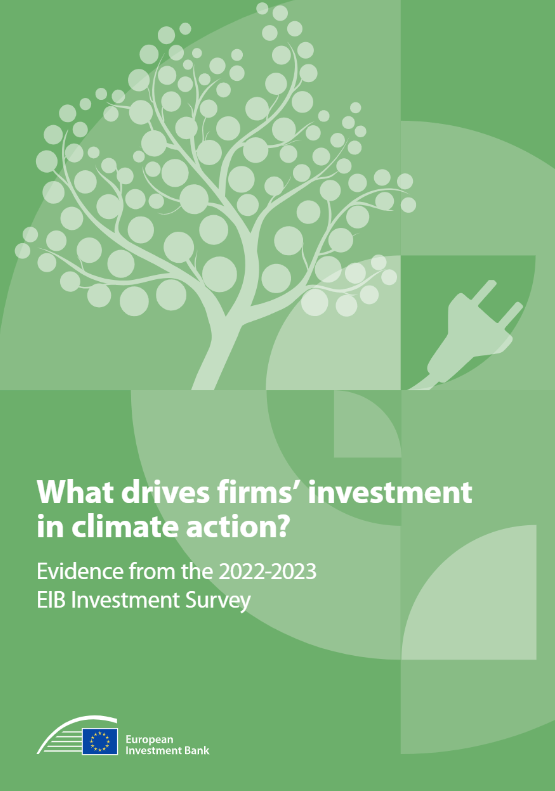
Russia’s invasion of Ukraine has sent gas prices to unprecedented highs. These price spikes spilled over to the electricity sector due to the marginal pricing mechanism – which mandates that the highest cleared bid sets the price in each market session. As prices rose much faster than operational costs, the President of the European Commission Ursula von der Leyen announced a complete overhaul of the current market structure in an address to the European Parliament, “adapting it to the new reality of dominant renewables”. The reform proposals that are discussed range from the expansion of market-based instruments to a complete abolishment of marginal pricing, replacing it with pricing based on average production costs. We take up the ongoing discussion to explore possible market architectures. To this aim, we compare two extreme scenarios – a free market and an auction-based monopsony – with the current market architecture based on their ability to deal with energy crunches and to achieve decarbonisation.
[Leer Más]Como parte del Observatorio Tecnológico de la Energía Limpia (CETO), este informe sobre la energía fotovoltaica (FV) se articula en torno a tres secciones: el estado de la tecnología, la evolución futura y las tendencias, el análisis de la cadena de valor y la posición de la UE y la competitividad mundial.
[Leer Más]The fifth workshop of the ‘Network of Experts for ReDeveloping Models of the European Marine Environment’ was held on 28-29 November 2022 in Ispra, Italy, jointly organized by DG Environment and DG JRC (Water and Marine Resources Unit) within the framework of the Administrative Agreement “Model development and operation in the context of the Marine Strategy Framework Directive implementation cycle (BLUE2-2020-2023)». The aim of this workshop was to discuss with the wider scientific community the methodologies, tools, datasets and approaches more appropriate to: (i) simulate the quantity, distribution and accumulation of plastic litter in the ocean (both micro and macro plastics) and (ii) assess the potential impact of incorporation and transference of micro plastics in the marine food webs. The workshop was organized over two days, each dedicated to one of the topics.
[Leer Más]La energía oceánica ha sido reconocida en el contexto de la Unión Europea de la Energía como una prioridad fundamental de investigación y desarrollo para alcanzar los objetivos climáticos de 2050.
[Leer Más]Ensuring fair and trustworthy data sharing is at the core of the European Commission’s policy agenda for the period 2019-2024 under the priority “A Europe fit for the digital age”. Published in 2020, the European strategy for data set the ambitious vision to establish common European data spaces in all strategic societal sectors and domains of public interest. Data spaces are envisioned as sovereign, trustworthy and interoperable data sharing environments where data can flow within and across sectors, in full respect of European ambitions, rules and values. To support the establishment of data spaces while meeting the Digital Decade objectives for Europe’s digital transformation by 2030, several cross-sectoral legislative instruments have been adopted or proposed following the publication of the European strategy for data.
[Leer Más]Este informe ofrece una visión general de la situación actual, las cadenas de valor y las posiciones de mercado de las tecnologías de captura, utilización y almacenamiento de carbono (CCUS) en la UE y en todo el mundo. En 2022, la industria de CCUS experimentó un crecimiento sin precedentes y seguirá haciéndolo en el futuro. Los costes de CCUS varían mucho en función de la industria, la tecnología, la ubicación, el diseño de la planta y los marcos normativos vigente.
[Leer Más]While we must recognize that technology has undoubtedly played a role in exacerbating some of the current challenges that humanity faces, it also has the potential to be part of the solution. A growing body of qualitative research has sought to examine the impact of digital technologies on the achievement of the Sustainable Development Goals (SDGs). In this study, we leverage natural language processing (NLP) techniques to evaluate abstracts of more than 50,000 scientific publications at the intersection of the SDGs and digital technologies, categorizing them into seven groups: Additive Manufacturing; Artificial Intelligence; Blockchain; Big Data; Computing Infrastructure; Internet of Things; and Robotics.
[Leer Más]Se estima que los centros de datos registran el consumo de energía y la huella de carbono de más rápido crecimiento de todo el sector de las TIC, debido principalmente a avances tecnológicos como la computación en nube y al rápido crecimiento del uso de los servicios de Internet. En la UE, entre 2010 y 2018 el consumo de energía de los centros de datos aumentó un 42 % y se prevé que siga aumentando un 28,2 % de aquí a 20301, lo que representa aproximadamente el 3,2 % de la demanda final de electricidad de la UE
[Leer Más]High energy prices in Europe and uncertainty caused by the Ukraine war are testing EU firms’ ability to invest in climate change measures. Europe urgently needs to embrace the transition to green energy, and firms will be called upon to play a pivotal role. By investing in climate adaptation and mitigation measures, especially energy efficiency, firms will be able to protect themselves against extreme climate events, reduce energy costs and take the actions needed to reduce carbon emissions to net-zero by 2050. The report What drives firms’ investment in climate action? Evidence from 2022-2023 EIB Investment Survey uses data collected from firms to provide insight on how businesses are responding to the energy crisis and the fast-changing business environment. Some important takeaways: 82% of EU firms say energy costs are an obstacle to investment. 42% of firms in Western and Northern Europe are investing in energy efficiency, compared with only 37% of firms in Southern Europe. 57% of EU firms are concerned about the physical risks posed by climate change.
[Leer Más]EU-OSHA invites entries for the 16th Healthy Workplaces Good Practice Awards in occupational safety and health. As part of the 2023–2025 campaign ‘Healthy Workplaces – Safe and healthy work in the digital age’ the competition aims to recognise organisations making outstanding and innovative contributions to safety and health by preventing risks associated with digital transformation in the workplace.
[Leer Más]- « Anterior
- 1
- …
- 25
- 26
- 27
- 28
- 29
- …
- 1.777
- Siguiente »

